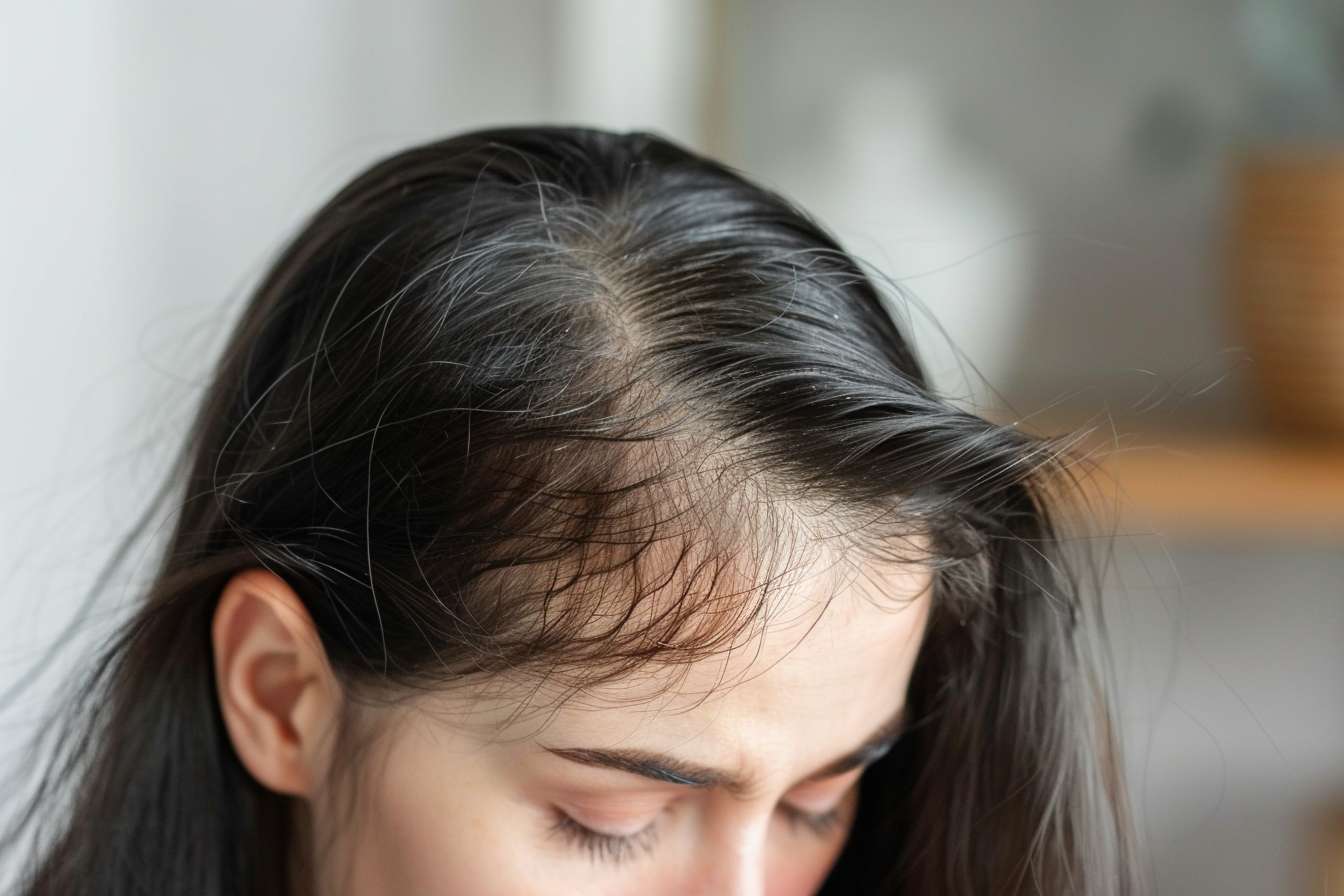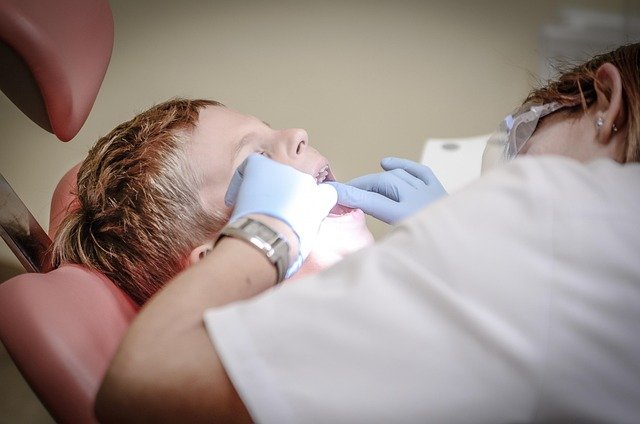Understanding Hair Loss: Causes, Treatments, and Everyday Care
Hair loss affects millions of people worldwide, impacting both men and women across various age groups. While losing 50 to 100 hairs daily is considered normal, excessive hair loss can signal underlying issues that require attention. Understanding the root causes, available treatment options, and supportive daily habits can help individuals make informed decisions about managing their hair health effectively.

What Are the Common Causes of Hair Loss?
Hair loss stems from numerous factors, with genetics playing the most significant role. Androgenetic alopecia, commonly known as male or female pattern baldness, accounts for approximately 95% of hair loss in men and is also the leading cause in women. This hereditary condition involves sensitivity to dihydrotestosterone (DHT), a hormone that shrinks hair follicles over time.
Medical conditions also contribute to hair loss. Thyroid disorders, autoimmune diseases like alopecia areata, and scalp infections can trigger temporary or permanent hair loss. Hormonal changes during pregnancy, menopause, or due to polycystic ovary syndrome (PCOS) frequently cause thinning hair in women.
Physical and emotional stress represent additional triggers. Severe illness, surgery, rapid weight loss, or traumatic events can lead to telogen effluvium, where hair enters a resting phase prematurely. Certain medications, including blood thinners, antidepressants, and chemotherapy drugs, may also cause hair loss as a side effect.
What Treatment Options Are Available?
Modern medicine offers several scientifically-backed treatments for hair loss. Topical minoxidil, available over-the-counter, helps stimulate hair growth and slow hair loss progression. The medication works by improving blood flow to hair follicles and extending the growth phase of hair cycles.
Prescription medications like finasteride block DHT production, effectively slowing hair loss in men with androgenetic alopecia. Women may benefit from spironolactone, which has anti-androgen properties that can help reduce hair thinning.
Hair transplant procedures have advanced significantly, offering natural-looking results through follicular unit extraction (FUE) or follicular unit transplantation (FUT) techniques. These surgical options involve relocating healthy hair follicles from donor areas to thinning or balding regions.
Newer treatments include platelet-rich plasma (PRP) therapy, where concentrated platelets from the patient’s blood are injected into the scalp to promote hair growth. Low-level laser therapy devices also show promise in stimulating follicles and improving hair density.
Everyday Habits That Might Support Healthy Hair
Daily hair care practices significantly influence hair health and can help minimize unnecessary hair loss. Gentle handling during washing and styling prevents mechanical damage that can worsen thinning. Using wide-tooth combs on wet hair and avoiding excessive heat from styling tools helps preserve hair integrity.
Nutrition plays a crucial role in hair health. A balanced diet rich in protein, iron, vitamins D and B12, and omega-3 fatty acids provides essential building blocks for healthy hair growth. Foods like salmon, eggs, spinach, and nuts offer these vital nutrients naturally.
Stress management techniques, including regular exercise, meditation, and adequate sleep, can help prevent stress-related hair loss. Chronic stress elevates cortisol levels, which can disrupt the hair growth cycle and accelerate hair loss.
Avoiding tight hairstyles that pull on the hair, such as tight ponytails or braids, prevents traction alopecia. Similarly, limiting chemical treatments like bleaching, perming, or frequent coloring helps maintain hair strength and reduce breakage.
How Much Do Treatments Cost?
Hair loss treatment costs vary significantly depending on the chosen approach and treatment duration. Understanding these financial considerations helps individuals plan their hair restoration journey effectively.
| Treatment Type | Provider/Brand | Cost Estimation |
|---|---|---|
| Topical Minoxidil | Rogaine/Generic | $20-60 per month |
| Finasteride (Oral) | Propecia/Generic | $30-70 per month |
| Hair Transplant (FUE) | Specialized Clinics | $4,000-15,000 per procedure |
| PRP Therapy | Dermatology Centers | $500-1,500 per session |
| Low-Level Laser Therapy | HairMax/iRestore | $200-800 (device purchase) |
| Professional Consultation | Dermatologists/Trichologists | $150-400 per visit |
Prices, rates, or cost estimates mentioned in this article are based on the latest available information but may change over time. Independent research is advised before making financial decisions.
Most insurance plans consider hair loss treatments cosmetic procedures and do not provide coverage. However, some plans may cover treatments when hair loss results from medical conditions or necessary medications. Patients should verify coverage details with their insurance providers before beginning treatment.
Many clinics offer financing options or payment plans to make treatments more accessible. Some providers also offer package deals for multiple PRP sessions or combination treatments that can reduce overall costs.
Hair loss represents a complex condition with multiple contributing factors and treatment approaches. While genetics often determine predisposition to hair loss, various medical treatments and lifestyle modifications can help slow progression and promote healthier hair growth. The key lies in early intervention, proper diagnosis, and selecting appropriate treatments based on individual needs and circumstances. Consulting with qualified healthcare professionals ensures personalized treatment plans that address specific causes and optimize outcomes for each individual’s unique situation.
This article is for informational purposes only and should not be considered medical advice. Please consult a qualified healthcare professional for personalized guidance and treatment.




